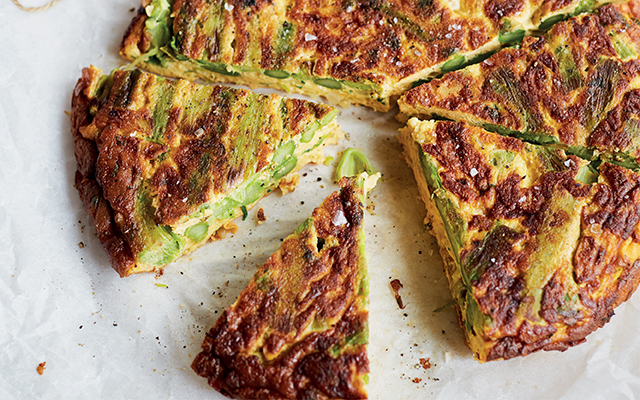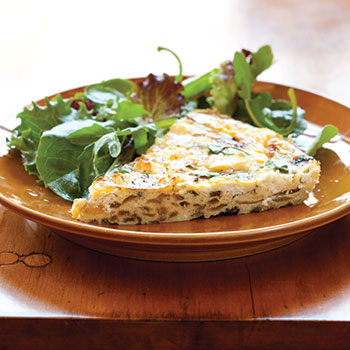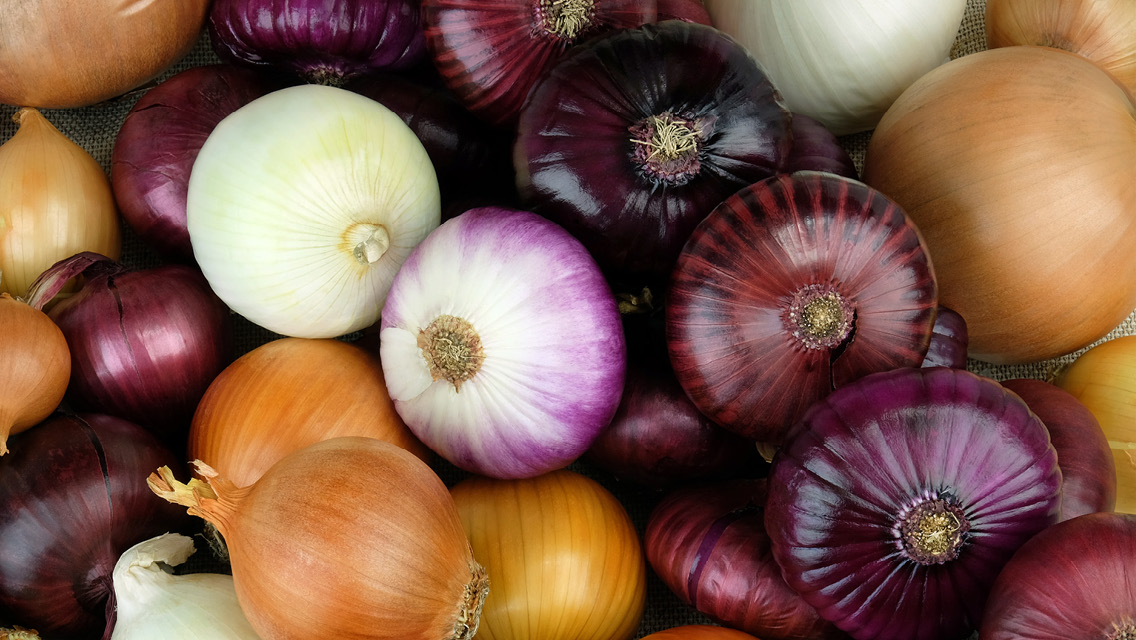The onion is a classic example of a vegetable that doesn’t achieve its full flavor potential until its cells are destroyed, first by chopping and then by heat, says plant biologist and retired University of Arizona professor Stephen Goff, PhD. Onion cells are composed of tiny pockets that compartmentalize the vegetable’s various chemicals. Cutting an onion destroys the cellular matrix and allows these chemicals to mingle. Only when the chemicals interact with one another is the classic onion flavor expressed.
The process takes a little time, so don’t rush your freshly chopped onions into the sauté pan. “Foodies recommend letting onions sit for at least 10 minutes after cutting them and before cooking them,” says Goff, who also advises placing them in an airtight container to trap the gases and force them to interact. “During that time, they generate volatile organic compounds that convert to water-soluble flavors and, ultimately, infuse your cooking with a deeper, more complex flavor.”
This originally appeared in “The Secret Lives of Fruits & Veggies” from the July/August 2017 issue of Experience Life.




This Post Has 0 Comments